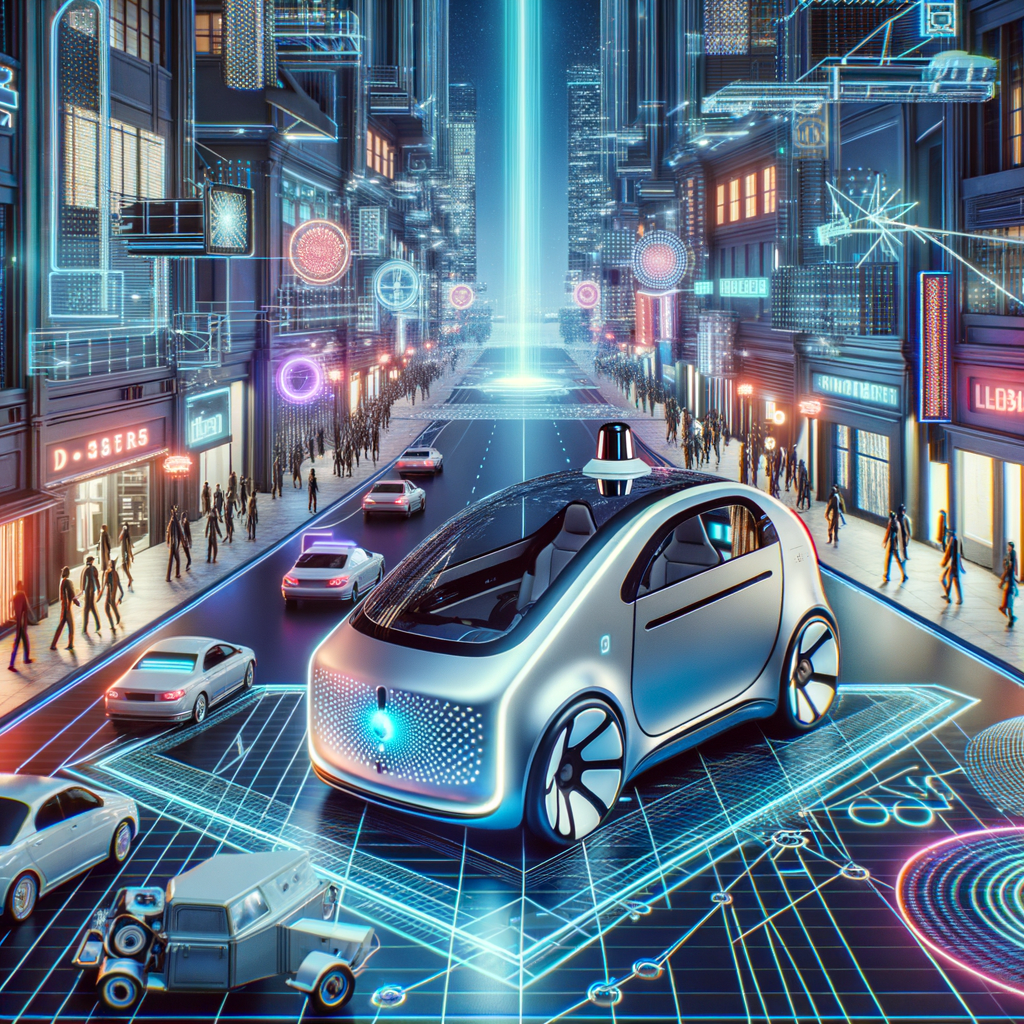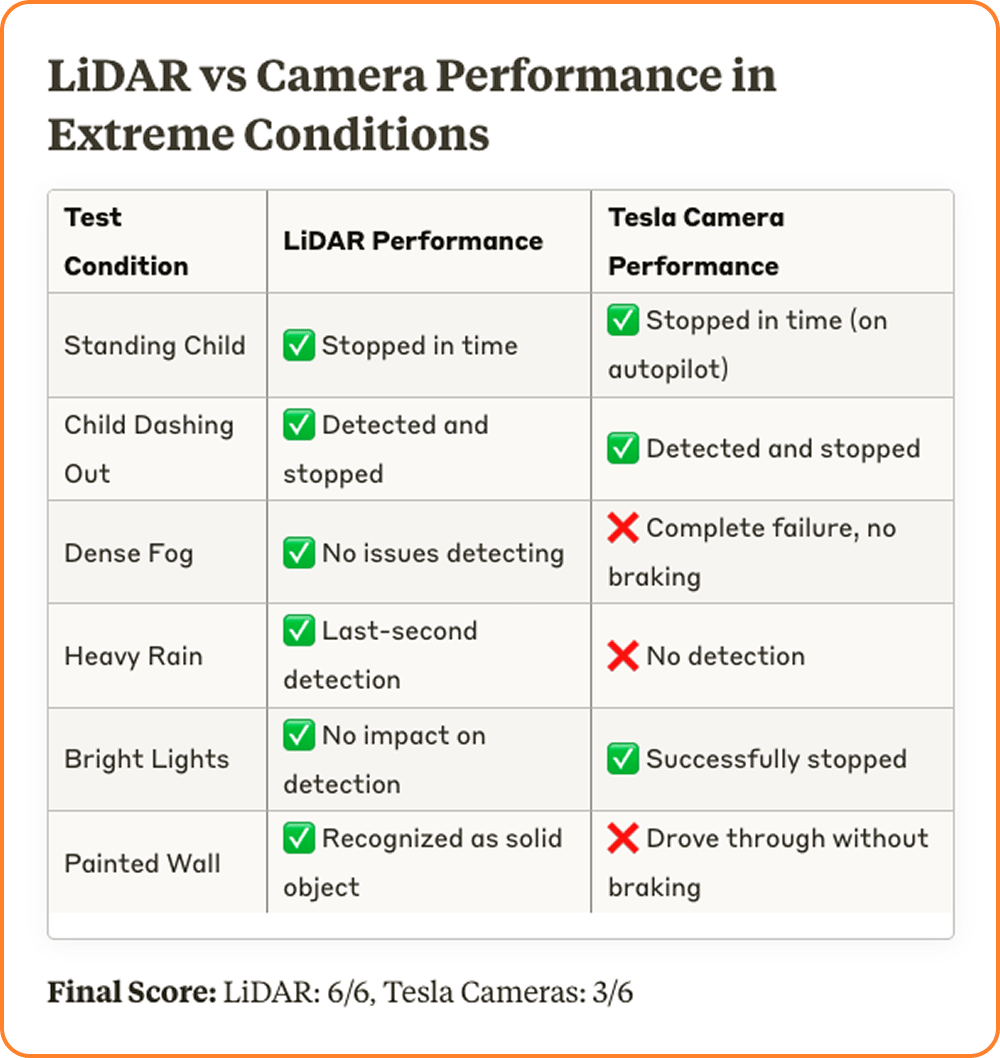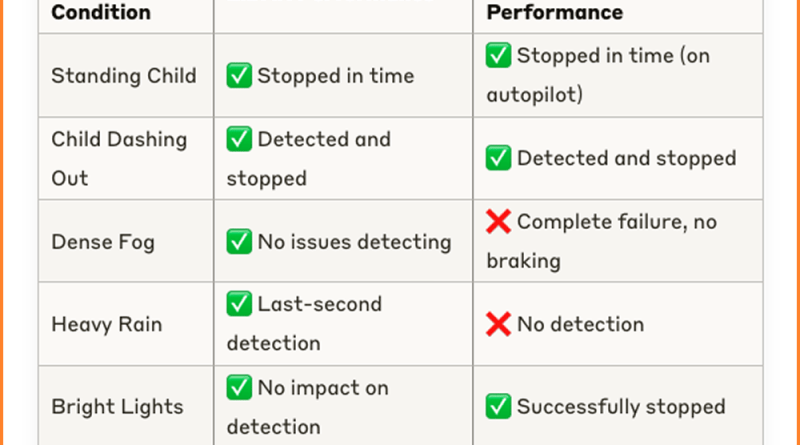The LiDAR vs Tesla Debate in Self-Driving Technology

“`html
The LiDAR vs. Tesla Controversy: A Game-Changer in Autonomous Driving?
Autonomous driving technology has been making significant strides in recent years, but a new debate is heating up between two competing approaches—LiDAR-based systems and camera-based systems pioneered by Tesla. A recent head-to-head test by a former NASA engineer has reignited the discussion, showing LiDAR’s undeniable advantages over Tesla’s vision-only approach.
What is LiDAR and How Does it Work?
LiDAR (Light Detection and Ranging) is a remote sensing method that uses laser light to create a highly accurate 3D map of the surroundings. It works by emitting rapid laser pulses that reflect off objects, measuring the time it takes for each pulse to return. With a firing rate of nearly 640,000 laser pulses per second, LiDAR sensors can construct detailed spatial maps in real time.
| Technology | Functionality | Primary Benefits |
|---|---|---|
| LiDAR | Uses laser pulses to map the environment in real time | Superior accuracy in all weather and lighting conditions |
| Camera-Based Vision | Relies on cameras to interpret the surroundings using AI | Lower cost and mimics human visual perception |
LiDAR vs. Tesla’s Cameras: A Critical Experiment
YouTuber and former NASA engineer Mark Rober conducted a rigorous self-driving test to compare the effectiveness of LiDAR and Tesla’s camera-driven autopilot system. In a series of increasingly complex driving scenarios—including simulated pedestrians and optical illusions—the results were stark:
- LiDAR-based systems; correctly identified obstacles in all test scenarios.
- Tesla’s camera-based system; failed multiple times, misinterpreting a painted tunnel illusion as an open road.
The breakdown of the results was as follows:

Why Elon Musk Rejects LiDAR
Despite the compelling data backing LiDAR’s superiority in critical safety scenarios, Tesla remains committed to a vision-only autonomous driving approach. Elon Musk has defended this decision, arguing that human drivers rely solely on their vision and Tesla’s AI can eventually improve to match or exceed human performance.
“LiDAR is a crutch. Humans drive with eyes alone, and we should make AI do the same.”
– Elon Musk
The Future: Hybrid Systems?
While Tesla insists that cameras alone are sufficient, other autonomous driving companies such as Waymo and Volvo have adopted a hybrid approach—combining LiDAR, radar, and cameras for robust environmental understanding.
Companies like Waabi are even taking an AI-driven simulation-based approach, developing autonomous training environments for self-driving AI to tackle edge cases in a controlled manner.
Final Verdict
Mark Rober’s experiment highlights the limitations of camera-based autonomy, and with safety as the top priority, LiDAR appears to have the edge. However, as AI continues to develop, Tesla’s vision-only approach may improve significantly.
For now, the safest solutions will likely integrate multiple sensor technologies, ensuring that self-driving cars can handle both real-world and Looney Tunes-style challenges.
What do you think? Should Tesla reconsider using LiDAR, or will AI-powered vision technology catch up? Let us know in the comments below!
Related Videos:
Check out the full video from Mark Rober on YouTube:
For more insights into AI-driven car technologies, stay tuned!
Hashtags
#LiDAR #TeslaAutopilot #SelfDrivingCars #AutonomousVehicles #AI #TechNews #SelfDrivingTech #Waymo #ElonMusk #FutureOfDriving
“`

